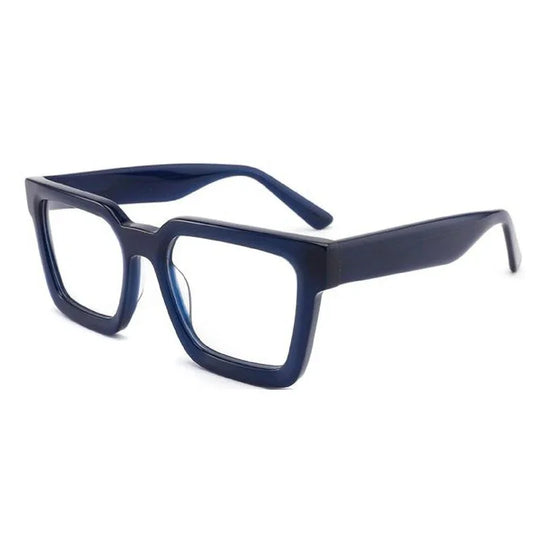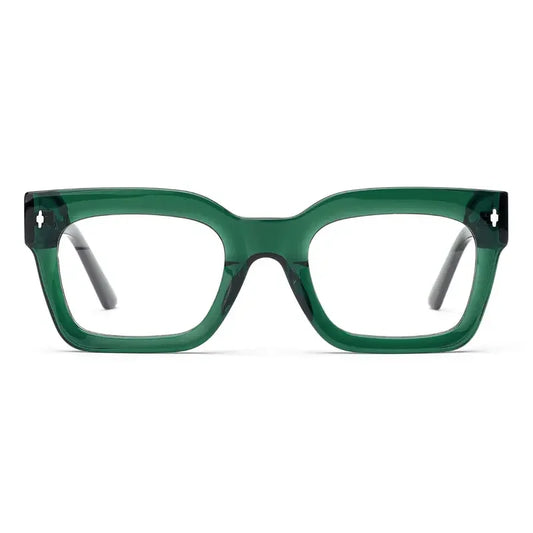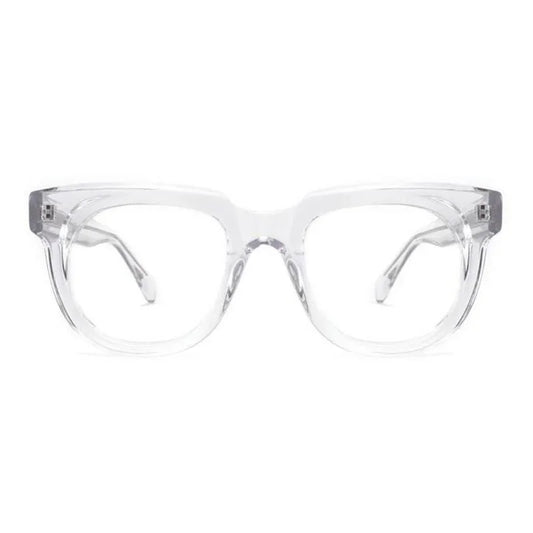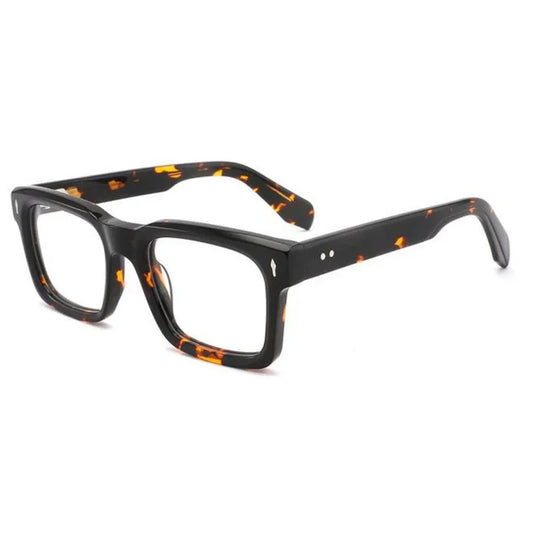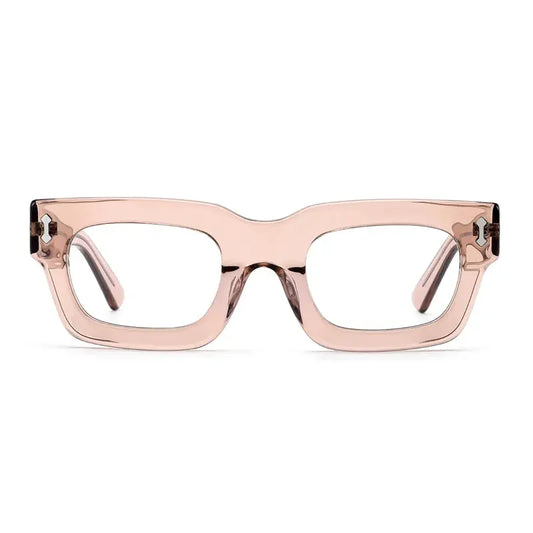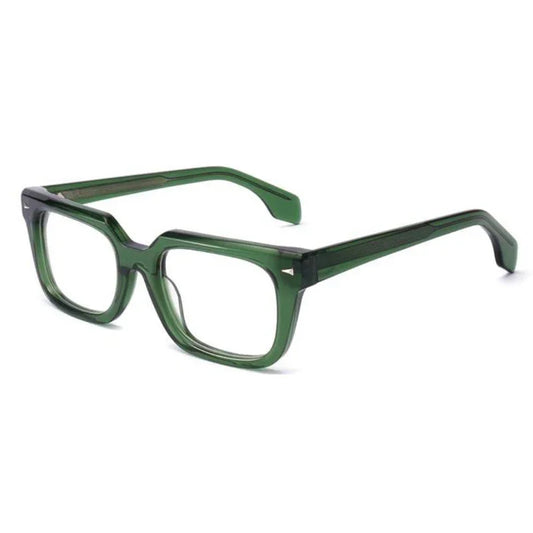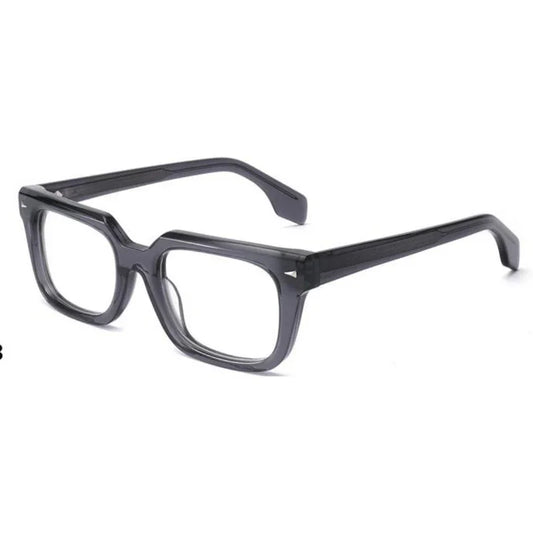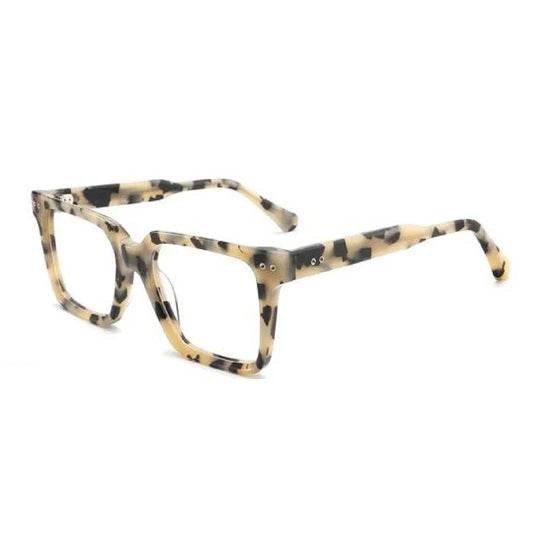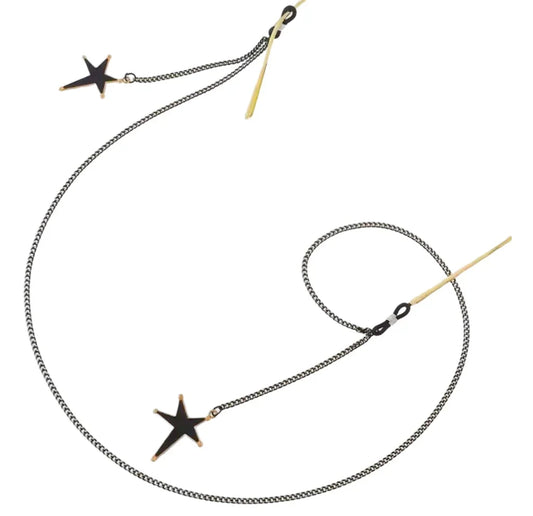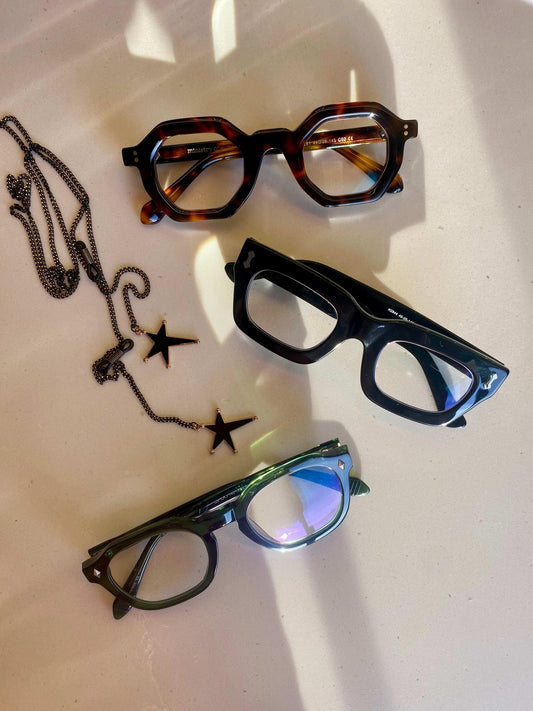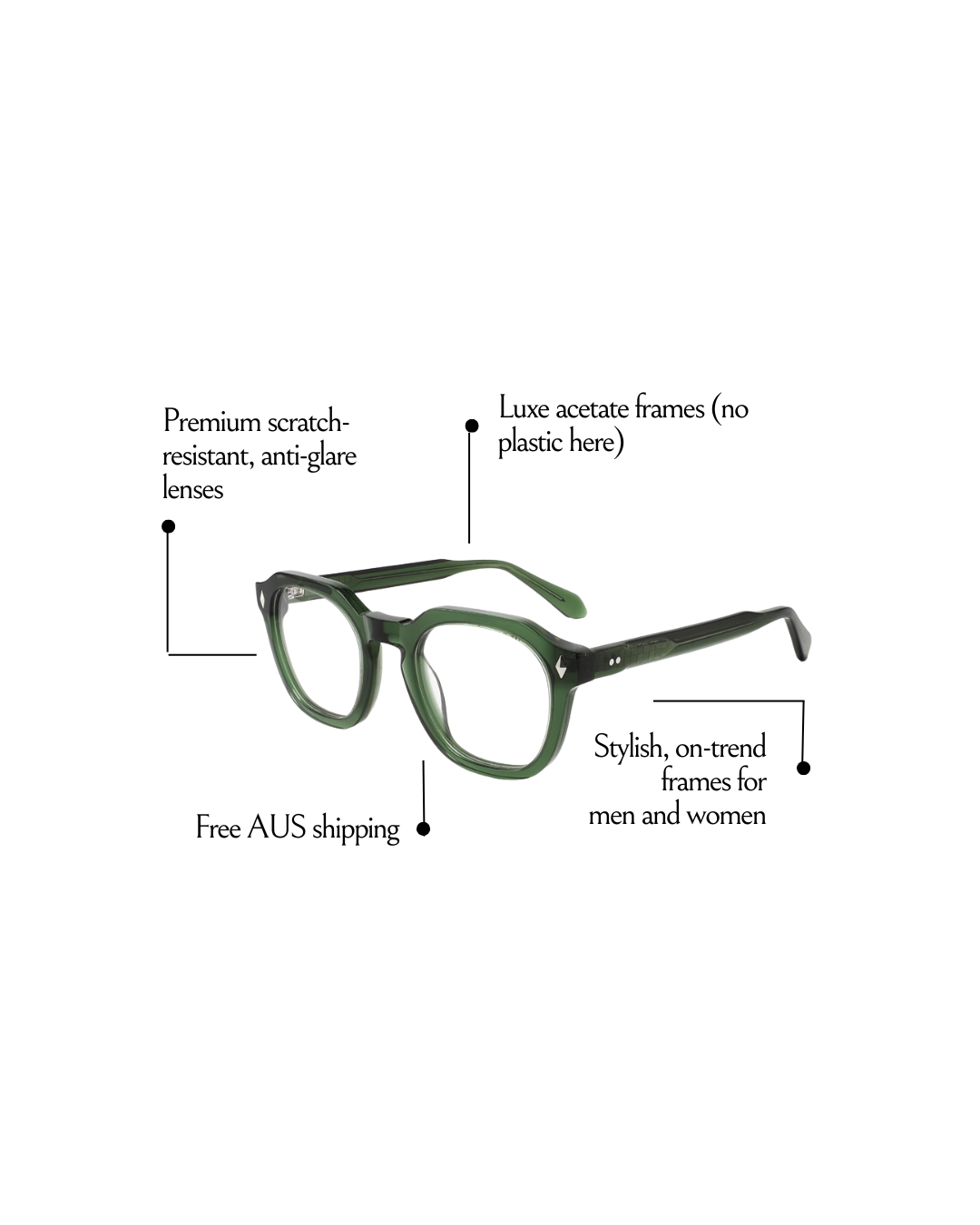
Understanding Reading Glasses Care Guides for Better Vision
Reading the fine print or scrolling through your phone gets tricky as you get older. Roughly 80 percent of adults over 45 experience presbyopia, making near vision tougher every year. Most people think grabbing just any reading glasses will do the job and that looking after them is barely worth a thought. The truth is, how you pick and care for your reading glasses makes all the difference between crystal clear vision and scratched-up lenses that never feel quite right.
Table of Contents
- What Are Reading Glasses And Why Use Them?
- The Importance Of Proper Care For Reading Glasses
- Understanding The Materials Of Reading Glasses
- How Environment Affects The Longevity Of Reading Glasses
- Common Myths About Reading Glasses Maintenance
Quick Summary
| Takeaway | Explanation |
|---|---|
| Reading glasses aid presbyopia | Designed for near vision, reading glasses counteract age-related difficulties in focusing on close objects. |
| Proper care preserves clarity | Use microfibre cloths and protective cases to avoid damage and prolong the life of your reading glasses. |
| Material impacts comfort and performance | Choose frames made from metal, plastic, or hybrid materials for varying levels of durability and style. |
| Environment affects lifespan | Protect reading glasses from extreme temperatures, humidity, and direct sunlight to prevent degradation over time. |
| Myths can damage glasses | Avoid common misconceptions about cleaning and storing glasses that can lead to scratches and reduced optical quality. |
What Are Reading Glasses and Why Use Them?
Reading glasses are specialized optical tools designed to help people improve their near vision as they age. These functional eyewear solutions address a common vision challenge called presbyopia, which typically begins around age 40 and progressively makes close-up tasks more difficult.
Understanding Presbyopia and Vision Changes
Presbyopia is a natural age-related condition where the eye’s lens becomes less flexible, making it harder to focus on close-up objects. This gradual process means reading small print, working on detailed tasks, or viewing smartphone screens becomes increasingly challenging. Reading glasses compensate for this biological change by providing magnification that helps restore clear near vision.
Types and Functionality of Reading Glasses
Reading glasses come in various magnification strengths, typically ranging from +1.00 to +3.50 diopters. These lenses work by redirecting light to help your eyes focus more effectively on nearby objects. Learn more about understanding different reading glasses types.
Key characteristics of reading glasses include:
- Lightweight and portable design
- Non-prescription magnification levels
- Designed specifically for close-up tasks
- Available in full frame or half-frame styles
Whether you’re reading a book, checking messages, or working on detailed crafts, reading glasses provide a practical solution to age-related vision changes, helping you maintain visual clarity and comfort during everyday activities.
The Importance of Proper Care for Reading Glasses
Proper maintenance of reading glasses goes beyond simple aesthetics. It directly impacts vision clarity, performance, and the longevity of your optical investment. Regular care prevents damage, ensures optimal visual performance, and saves you money in potential replacements.
Understanding Potential Damage and Risks
Reading glasses are delicate instruments susceptible to various forms of wear and tear. Dust, fingerprints, scratches, and improper handling can compromise lens quality and visual accuracy. Microscopic scratches accumulate over time, gradually reducing lens transparency and affecting your ability to see clearly. Read our comprehensive guide on glasses storage to protect your investment.
Essential Care Strategies for Longevity
Effective reading glasses maintenance involves multiple strategic approaches. These practices protect both the optical quality and physical structure of your glasses, ensuring they remain functional and clear.
Key care strategies include:
- Using microfibre cleaning cloths for lens maintenance
- Storing glasses in protective cases when not in use
- Avoiding exposure to extreme temperatures
- Handling glasses by the frames to prevent lens smudging
Your reading glasses represent a critical tool in maintaining visual clarity and completing daily tasks. By implementing consistent care routines, you can significantly extend their useful life and preserve their optical performance.

Understanding the Materials of Reading Glasses
Reading glasses materials are critical in determining their comfort, durability, and overall performance. The right material can significantly enhance your visual experience, providing lightweight, resilient, and comfortable eyewear tailored to individual preferences and needs.
Below is a comparison table outlining the performance and characteristics of common frame materials used in reading glasses to help you choose the best fit for your lifestyle.
| Material | Weight | Durability | Comfort Level | Style Options | Additional Features |
|---|---|---|---|---|---|
| Metal | Lightweight | High | Good | Sleek, classic | Often hypoallergenic |
| Plastic | Light | Moderate | Moderate | Numerous colours | Flexible, often more affordable |
| Acetate | Very light | High | Excellent | Wide, bold variety | Comfortable, resistant to temperature |
| Hybrid | Variable | High | Varies | Mixed aesthetic | Combines features of multiple materials |
Frame Material Categories
Frame materials for reading glasses broadly fall into three primary categories: metal, plastic, and hybrid compositions. Each material offers unique characteristics that influence weight, flexibility, and aesthetic appeal.
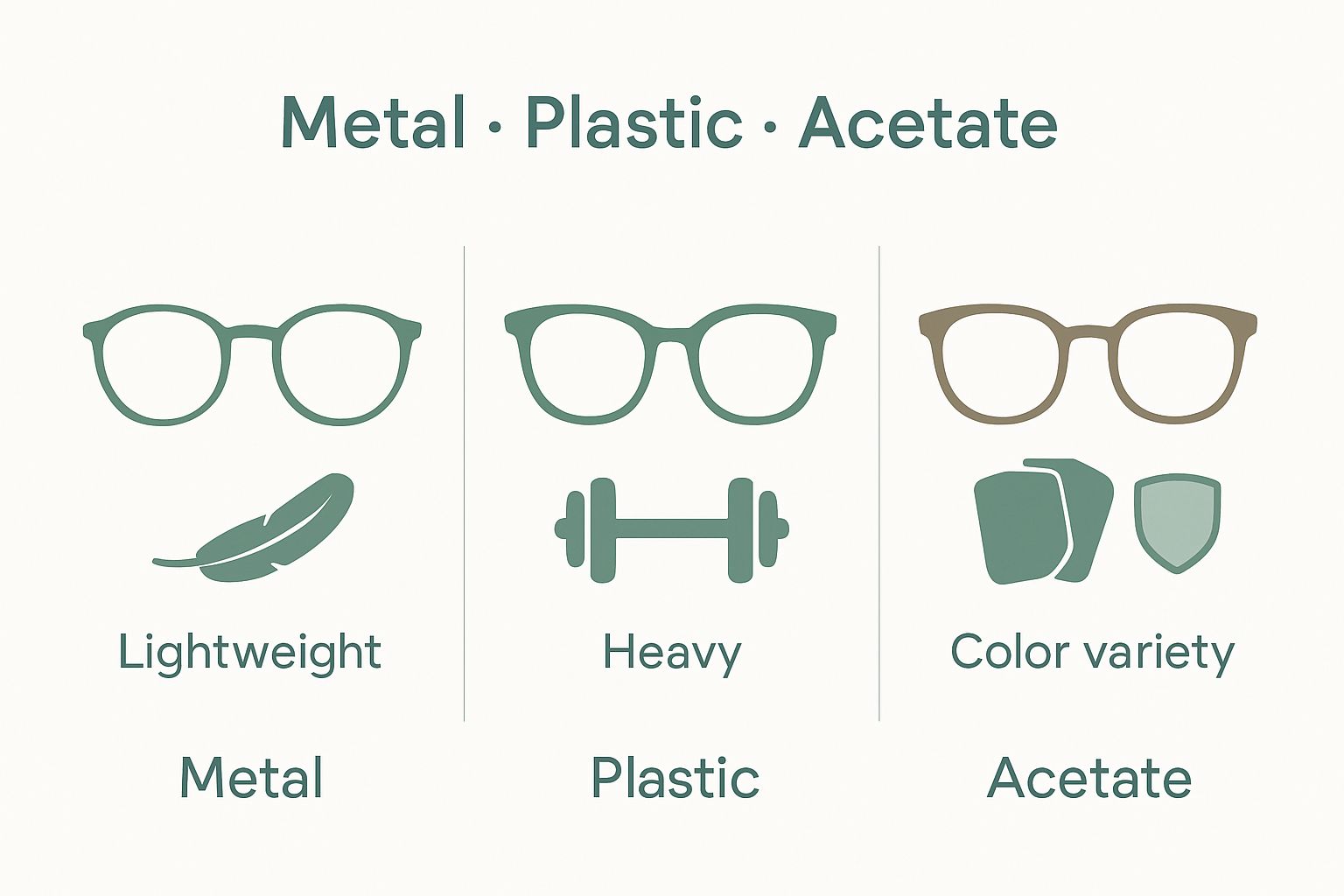 Learn more about reading glasses frame materials to make informed choices.
Learn more about reading glasses frame materials to make informed choices.
Performance and Characteristics of Different Materials
Understanding material properties helps you select reading glasses that best suit your lifestyle and comfort requirements. Different materials offer distinct advantages:
- Metal Frames: Typically lightweight, durable, and often hypoallergenic
- Plastic Frames: Flexible, cost-effective, and available in numerous colour options
- Acetate Frames: Highly comfortable, lightweight, and resistant to temperature changes
The lens material equally impacts your reading glasses’ performance. Modern reading glasses often use polycarbonate or high-index plastic, which provide excellent clarity, impact resistance, and reduced weight compared to traditional glass lenses.
How Environment Affects the Longevity of Reading Glasses
Environmental conditions play a crucial role in determining the lifespan and performance of reading glasses. Different environmental factors can cause gradual degradation, affecting both the frame and lens quality over time. Understanding these influences helps users protect their optical investment and maintain optimal visual clarity.
Temperature and Humidity Impacts
Extreme temperature variations and high humidity levels can significantly compromise reading glasses. Heat can cause frame materials to warp or expand, while moisture increases the risk of lens fogging and potential mould growth. Sudden temperature changes can create microscopic stress fractures in lens coatings, gradually reducing optical performance. Explore our comprehensive reading glasses checklist for detailed preservation strategies.
Environmental Stress Factors
Multiple environmental elements contribute to reading glasses deterioration:
- Prolonged direct sunlight exposure
- Extreme heat or cold environments
- High humidity areas
- Dusty or sandy locations
- Rapid temperature transitions
By recognising these potential risks, users can implement protective strategies such as using protective cases, avoiding leaving glasses in vehicles, and storing them in controlled environments. Proactive management helps maintain the structural integrity and optical quality of reading glasses, ensuring continued clear vision and extended usability.
Common Myths About Reading Glasses Maintenance
Misinformation about reading glasses maintenance can lead to unintentional damage and reduced optical performance. Understanding and dispelling these common myths is crucial for preserving the quality and longevity of your eyewear.
Cleaning and Handling Misconceptions
Many people believe that any soft cloth or fabric can safely clean reading glasses. This is fundamentally incorrect. Certain materials like clothing, tissues, and paper towels contain rough fibres that can create microscopic scratches on lens surfaces. Learn more about proper reading glasses fit and care to protect your investment.
Prevalent Maintenance Myths
Several widespread misconceptions can potentially harm your reading glasses:
- Breathing on lenses and wiping provides effective cleaning
- All cleaning solutions are safe for lens surfaces
- Storing glasses anywhere is acceptable
- Glasses are indestructible and require minimal care
- Cheap cleaning methods are equally effective as professional solutions
By recognising these myths, users can adopt more appropriate maintenance techniques.
The following table dispels common myths about reading glasses maintenance by contrasting each misconception with the correct approach, supporting better care practices for long-lasting clarity.
| Myth | Why It's Incorrect | Recommended Practice |
|---|---|---|
| Any soft cloth can be used to clean lenses | Some fabrics have rough fibres that scratch the lens | Use a dedicated microfibre cleaning cloth |
| Breathing on lenses provides proper cleaning | Moisture and breath are not enough to remove oils or debris | Use a gentle, suitable lens cleaning solution |
| Storing glasses anywhere is fine | Random placement exposes glasses to damage and scratches | Always store glasses in a protective case |
| Cheap cleaning methods work as well | Inferior solutions and rough cloths can harm lens coatings | Use professional-grade products and careful handling |
| Professional-grade microfibre cloths, specialised lens cleaning solutions, and careful handling are essential for maintaining optical clarity and extending the useful life of reading glasses. |
Unlock Clearer Vision with Better Reading Glasses Care
Struggling with scratched lenses, foggy vision or short-lived frames? You are not alone. This article explores how proper care is essential for every pair of reading glasses. Many people underestimate the impact of daily wear, poor storage and cleaning mistakes. But the right care can make your stylish frames last and keep your sight sharp. Discover the difference when you invest in quality equipment and clever accessories, designed for Australian conditions.
Explore our range of Reading Glasses for Men and Women backed by expert guidance on maintenance and storage.
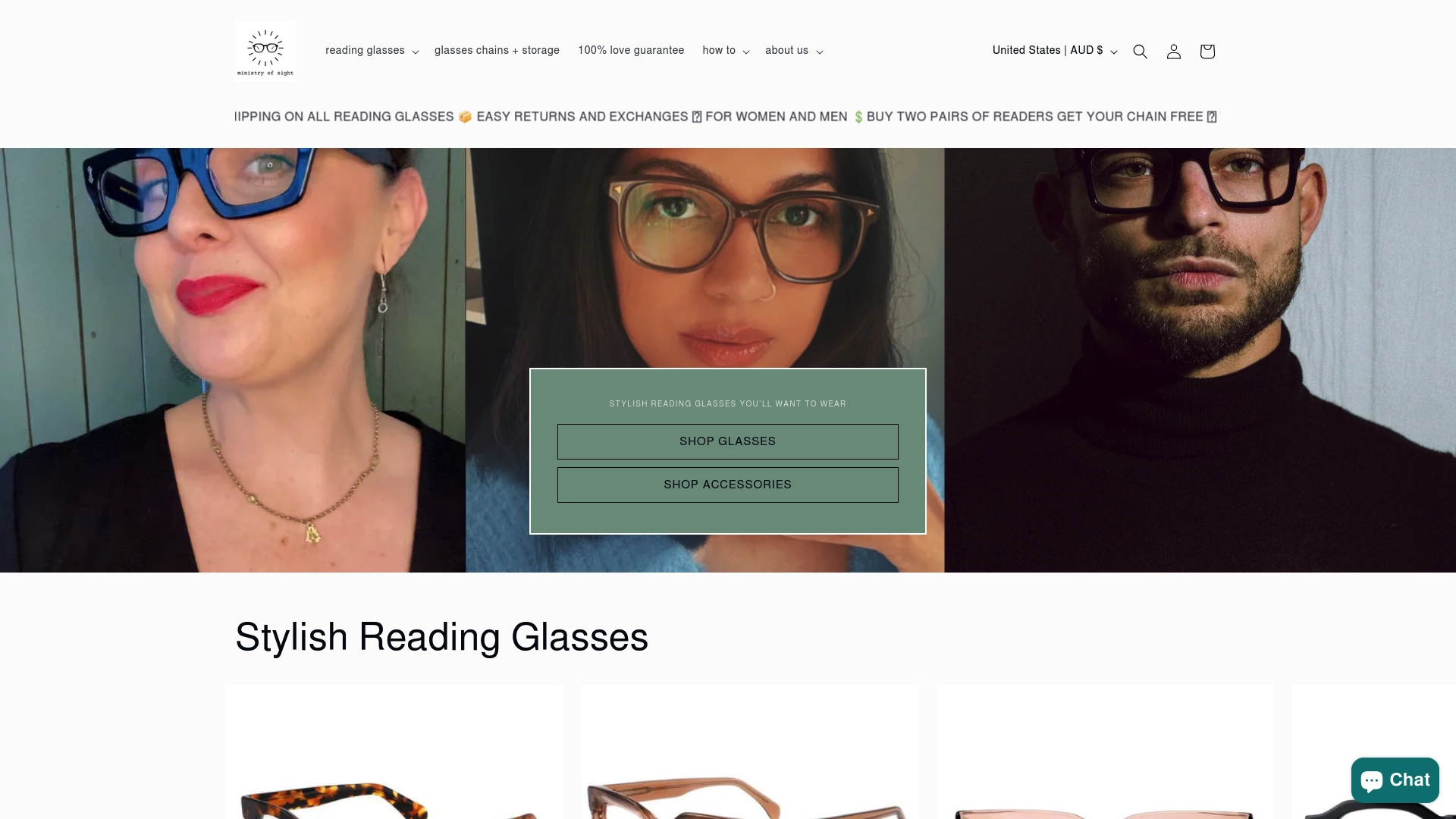 Choose smarter solutions to extend the life of your favourite pair. Shop now for durable, protective Reading Glasses Accessories and Storage and see why so many trust ministryofsight.com.au for comfort and clarity. Take care of your vision right now with tools that truly make a difference.
Choose smarter solutions to extend the life of your favourite pair. Shop now for durable, protective Reading Glasses Accessories and Storage and see why so many trust ministryofsight.com.au for comfort and clarity. Take care of your vision right now with tools that truly make a difference.
Frequently Asked Questions
How can I maintain the clarity of my reading glasses lenses?
To maintain the clarity of your reading glasses lenses, use a microfibre cleaning cloth and a gentle lens cleaning solution specifically designed for glasses. Clean your lenses regularly, ideally daily, to prevent dust and oils from building up, which can cloud your vision.
What should I do to store my reading glasses properly?
Store your reading glasses in a protective case when not in use to prevent scratches and damage. Make it a habit to put your glasses away in their case after each use.
How can environmental conditions affect my reading glasses?
Environmental conditions like heat, humidity, and direct sunlight can cause your reading glasses to degrade over time. Protect your glasses by avoiding storage in areas with extreme temperatures or moisture, such as cars or damp rooms.
Are there any cleaning materials I should avoid for my reading glasses?
Yes, avoid using tissues, clothing, or paper towels to clean your reading glasses, as they may contain rough fibres that scratch the lenses. Instead, always opt for a dedicated microfibre cloth for safe cleaning.
What steps can I take to extend the lifespan of my reading glasses?
To extend the lifespan of your reading glasses, follow a consistent care routine that includes using a cleaning cloth, storing them in a case, and handling them by the frames. Regular care can help maintain their optical performance for years, potentially reducing the need for replacements by up to 30%.
How should I handle my reading glasses to prevent damage?
Handle your reading glasses by the frames rather than the lenses to avoid smudging and scratching. Additionally, make sure to clean your hands before touching your glasses to further prevent dirt and oil from transferring.
Recommended
- Understanding the Complete Reading Glasses Checklist – ministry of sight
- Understanding What are Reading Glasses and Their Importance – ministry of sight
- Understanding the Types of Reading Glasses for Better Vision – ministry of sight
- Understanding the Role of Reading Glasses for Adults – ministry of sight


